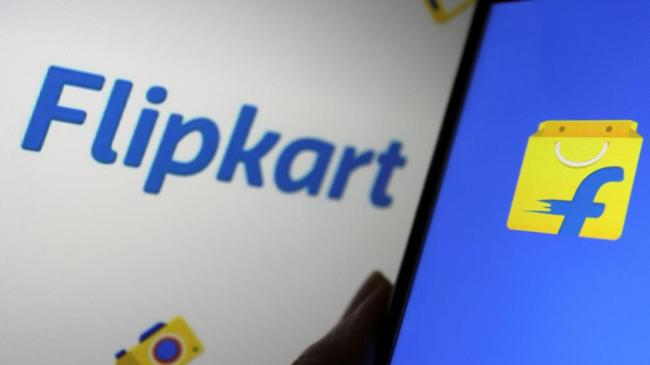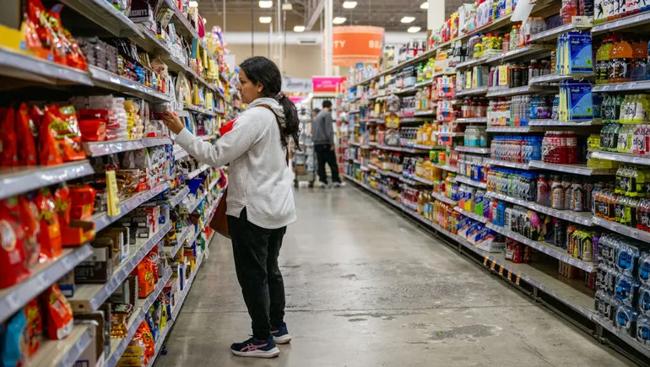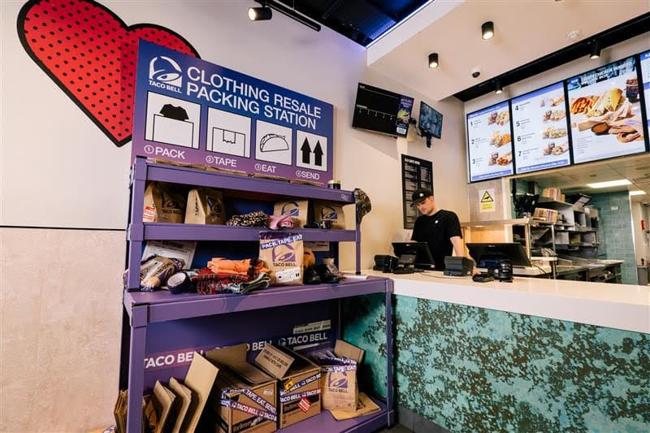Summary
Indian grocery stores and major online fashion retailers have joined the ongoing boycott of Turkish products blocking products ranging from chocolates and coffee to cosmetics to clothing. The development comes days after several trade associations announced a boycott of the country and its products following its support for Pakistan amidst Operation Sindoor.
Source: The Financial Express

AI News Q&A (Free Content)
Q1: What are the latest consumer innovations in online grocery delivery platforms, and how are they transforming the retail landscape?
A1: Recent consumer innovations in online grocery delivery include AI-driven smart home grocery tracking systems and the use of autonomous delivery robots. For example, a 2023 study introduced a vision-based automatic grocery tracking system that integrates object detection with supply chain and user food interest prediction, enabling automated grocery ordering. These advancements streamline inventory management for both households and retailers, reduce waste, and enhance consumer convenience by predicting needs and automating purchases. The adoption of autonomous delivery robots and drones has further reduced delivery times and operational costs, driving the ongoing transformation of the retail and grocery sector.
Q2: How did the recent boycott of Turkish brands impact grocery delivery services and the broader retail sector in India?
A2: The boycott of Turkish brands led to the removal of Turkish products from major Indian online grocery and fashion platforms. This action, prompted by Turkey's political stance, has affected the availability of products such as chocolates, coffee, cosmetics, and clothing. Industry experts note that such boycotts can disrupt supply chains, necessitate rapid portfolio adjustments by retailers, and potentially increase costs for both retailers and consumers as they source alternatives. Retailers also face challenges in maintaining customer loyalty and meeting demand amidst these shifts.
Q3: What are the computational challenges faced by grocery home delivery services, and what solutions have been developed recently?
A3: Grocery home delivery services face significant computational challenges, especially in offering precise delivery time windows and optimizing delivery routes as orders are placed. A 2021 scholarly article analyzed the 'Attended Home Delivery Problem,' where logistics systems must dynamically determine available delivery slots and build efficient schedules. Recent solutions leverage heuristic algorithms and mixed-integer linear programming to optimize vehicle routing and delivery scheduling, ensuring timely deliveries and customer satisfaction. These methods enhance scalability and adaptability in real-world online shopping services.
Q4: How is blockchain technology being used to improve grocery delivery supply chains?
A4: Blockchain technology is increasingly utilized in grocery delivery supply chains to enhance transparency, data integrity, and transaction efficiency. A 2024 study demonstrated the application of blockchain integrated with IoT and adaptive neuro-fuzzy inference systems (ANFIS) in the poultry supply chain. This approach reduced average delivery times, improved reorder processes, and increased the quantity of goods delivered per order. Blockchain ensures secure, tamper-proof records of supply chain transactions, which is critical for traceability and operational efficiency.
Q5: What are the pros and cons of automation and AI in grocery delivery innovation?
A5: However, cons include high initial investment, the need for robust data integration, and potential job displacement. Automation can also introduce complexity in maintenance and cybersecurity risks. Despite these challenges, the retail industry is rapidly adopting these technologies for long-term efficiency and customer satisfaction gains.
Q6: How do delivery robots contribute to the sustainability and efficiency of grocery delivery services?
A6: Delivery robots contribute to sustainability and efficiency by minimizing the carbon footprint associated with last-mile delivery and reducing traffic congestion. They operate on electric power, are highly efficient in urban environments, and can complete multiple deliveries with minimal human intervention. These robots also help lower delivery costs and improve the reliability of service, making grocery delivery more sustainable and scalable as urban populations grow.
Q7: What has research shown about consumer behavior changes in grocery delivery since the COVID-19 pandemic?
A7: Research indicates that the COVID-19 pandemic significantly accelerated the adoption of online grocery delivery services. Consumers have become more reliant on digital platforms for their grocery needs, prioritizing convenience, safety, and contactless delivery options. The shift has prompted retailers to innovate rapidly, expanding delivery networks, investing in automation, and improving user experiences on digital platforms. This behavioral shift is expected to have lasting impacts on retail innovation and supply chain management.
References:
- Online grocer - https://en.wikipedia.org/wiki/Online_grocer
- Food delivery - https://en.wikipedia.org/wiki/Food_delivery
- Delivery robot - https://en.wikipedia.org/wiki/Delivery_robot





